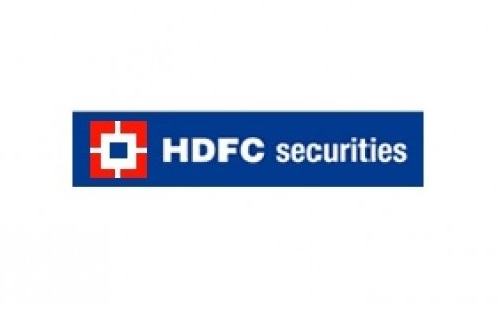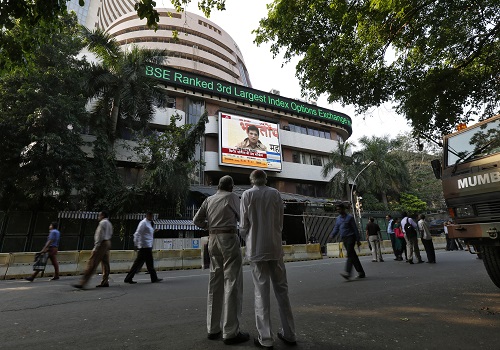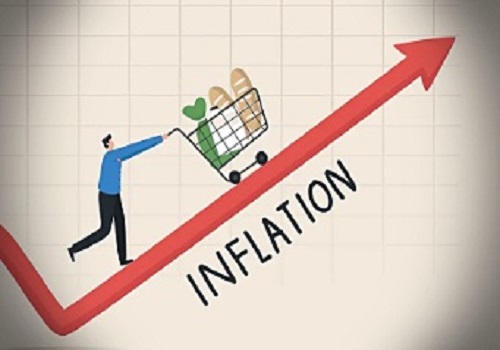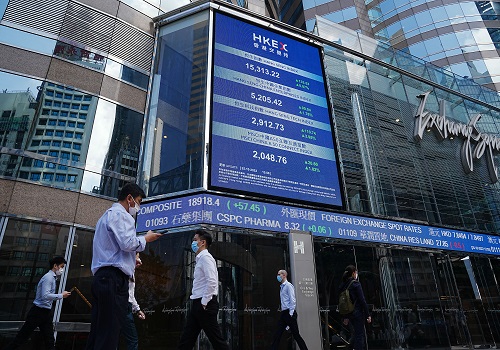Benchmarks end volatile session in red on Friday
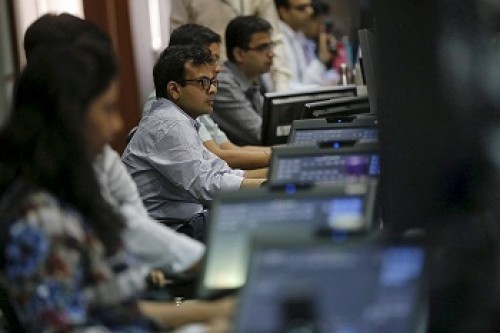
Follow us Now on Telegram ! Get daily 10 - 12 important updates on Business, Finance and Investment. Join our Telegram Channel
https://t.me/InvestmentGuruIndiacom
Download Telegram App before Joining the Channel
Indian equity benchmarks ended the volatile day of trade in red terrain on Friday with frontline gauges settling below their crucial 47,900 (Sensex) and 14,350 (Nifty). Markets started the day on pessimistic note amid concerns over continues rising coronavirus cases in the country. India reported 332,503 fresh coronavirus infections on Friday, taking the cumulative caseload to 16,257,309, Worldometer showed. Sentiments also remain dampened after S&P Global Ratings said the Indian economy is projected to grow at 11 per cent in the current fiscal, but flagged the substantial impact of broader lockdowns on the economy. In its report on Asia-Pacific Financial Institutions, S&P said the control of COVID-19 remains a key risk for the economy. New infections have spiked in recent weeks and the country is in the middle of a second pandemic wave. Also, rating agency Fitch Ratings has affirmed India’s long-term foreign-currency Issuer Default Rating (IDR) at ‘BBB-’ with a negative outlook.
Markets turned positive in noon deals as traders opted to buy some beaten down bu fundamentally strong stocks after Finance Minister Nirmala Sitharaman said the industry is in recovery mode and several Budget proposals are on course, including disinvestment, despite a fresh wave of coronavirus infections and local lockdowns. Traders also took some relief with Chief Economic Adviser K V Subramanian’s statement that the impact of the second wave of COVID-19 on the Indian economy may not be ‘very large’. He also said predicting the second wave was a real problem for researchers across the globe. However, the recovery proved short lives and markets once again slipped in red terrain after credit rating agency, India Ratings and Research (Ind-Ra) in its latest report has revised down India’s FY22 real GDP growth forecast to 10.1 per cent, from earlier projection of 10.4 per cent, citing the second wave of COVID-19 infections and slower pace of vaccination. At a time when large parts of the country are experiencing tremendous pressure on medical infrastructure, it expects the second wave to start subsiding by mid-May.
Weak opening European counters too dampened sentiments with most of the European counterparts trading lower, ending the week on a negative tone as investors study a slew of corporate earnings, particularly from Daimler, and economic data releases. Asian markets ended mostly higher on Friday, even after Singapore's consumer prices rose in March. The data from the Monetary Authority of Singapore and the Ministry of Trade and Industry showed that the consumer price index rose 1.3 percent year-on-year in March, following a 0.7 percent increase in February. This latest consumer prices outcome was largely due to a rise in core inflation and prices for private transportation cost. MAS core CPI, which excludes costs of accommodation and private road transport, grew 0.5 percent annually in March, following a 0.2 percent increase in the preceding month.
Back home, the Commerce Ministry’s investigative arm -- Directorate General of Trade Remedies (DGTR) has recommended imposition of anti-dumping duty on the import of certain copper products, used in electrical industry, from China, Thailand, Korea and three other countries for five years. Meanwhile, initial public offerings (IPO) activity in India jumped massively in the January-March period of 2021, fuelled by ample liquidity, robust demand and investor appetite. On the BSE and NSE, there were 17 IPOs in Q1CY2021 as compared to 1 IPO in the same period last year and 10 IPOs in Q4CY2020.
Finally, the BSE Sensex fell 202.22 points or 0.42% to 47,878.45, while the CNX Nifty was down by 64.80 points or 0.45% to 14,341.35.
The BSE Sensex touched high and low of 48,265.39 and 47,669.55, respectively. There was 8 stock advancing against 22 stocks declining on the index.
The broader indices ended in green; the BSE Mid cap index gained 0.16%, while Small cap index was up by 0.51%.
The top gaining sectoral indices on the BSE were Power up by 2.35%, Utilities up by 1.75%, PSU up by 0.68%, Energy up by 0.08% and Oil & Gas up by 0.03%, while Telecom down by 1.33%, Realty down by 1.07%, TECK down by 0.96%, FMCG down by 0.81% and IT down by 0.77% were the top losing indices on BSE.
The top gainers on the Sensex were Power Grid up by 3.73%, NTPC up by 3.38%, Axis Bank up by 1.82%, Indusind Bank up by 1.71% and HDFC up by 0.73%. On the flip side, Mahindra & Mahindra down by 2.63%, Dr. Reddys Lab down by 2.56%, Tech Mahindra down by 1.84%, Hindustan Unilever down by 1.78% and Bharti Airtel down by 1.70% were the top losers.
Meanwhile, amid the second wave of COVID-19 infections and slower pace of vaccination, credit rating agency, India Ratings and Research (Ind-Ra) in its latest report has revised down India's FY22 real GDP growth forecast to 10.1 per cent, from earlier projection of 10.4 per cent. It expects the second wave to start subsiding by mid-May.
As per the rating agency, the impact of the second wave will not be as disruptive as the first one, despite the daily case load touching three times of the first wave's peak, as lockdowns are set to be localised ones. Ind-Ra said that unlike the first wave, the administrative response is not abrupt, and is unfolding gradually in a graded manner.
The report noted that also, households, businesses and other economic agents are better prepared and there is a significant amount of learning by doing, which can help them withstand and navigate through the second wave of COVID-19 crisis. Additionally, the vaccine will also enhance safety and reduce the fear element among the vaccinated economic agents.
The CNX Nifty traded in a range of 14,273.30 and 14,461.15. There were 16 stocks advancing against 34 stock declining on the index.
The top gainers on Nifty were Power Grid up by 3.78%, NTPC up by 3.64%, Axis Bank up by 1.92%, Indusind Bank up by 1.71% and BPCL up by 1.12%. On the flip side, Mahindra & Mahindra down by 2.73%, Britannia Industries down by 2.71%, Dr. Reddys Lab down by 2.56%, Wipro down by 2.25% and Tech Mahindra down by 1.82% were the top losers.
European markets were trading lower, UK’s FTSE 100 decreased 12.84 points or 0.19% to 6,925.40, France’s CAC decreased 4.14 points or 0.07% to 6,263.14 and Germany’s DAX was down by 47.57 points or 0.31% to 15,272.95.
Asian markets ended mostly higher on Friday, despite weak finish on Wall Street overnight after reports that US President Joe Biden planned to hike capital gains tax rate to 39.6% from 20% for wealthy individuals. Chinese shares settled higher as President Xi Jinping's renewed green pledge bolstered clean energy stocks, while Hong Kong shares also gained by a sharp rebound in tech stocks. However, Japanese shares ended down after news that the government would declare ‘short and powerful’ states of emergency for Tokyo, Osaka and two other prefectures, while disappointing forecast from Nidec too adding to the cautious mood.
Above views are of the author and not of the website kindly read disclaimer


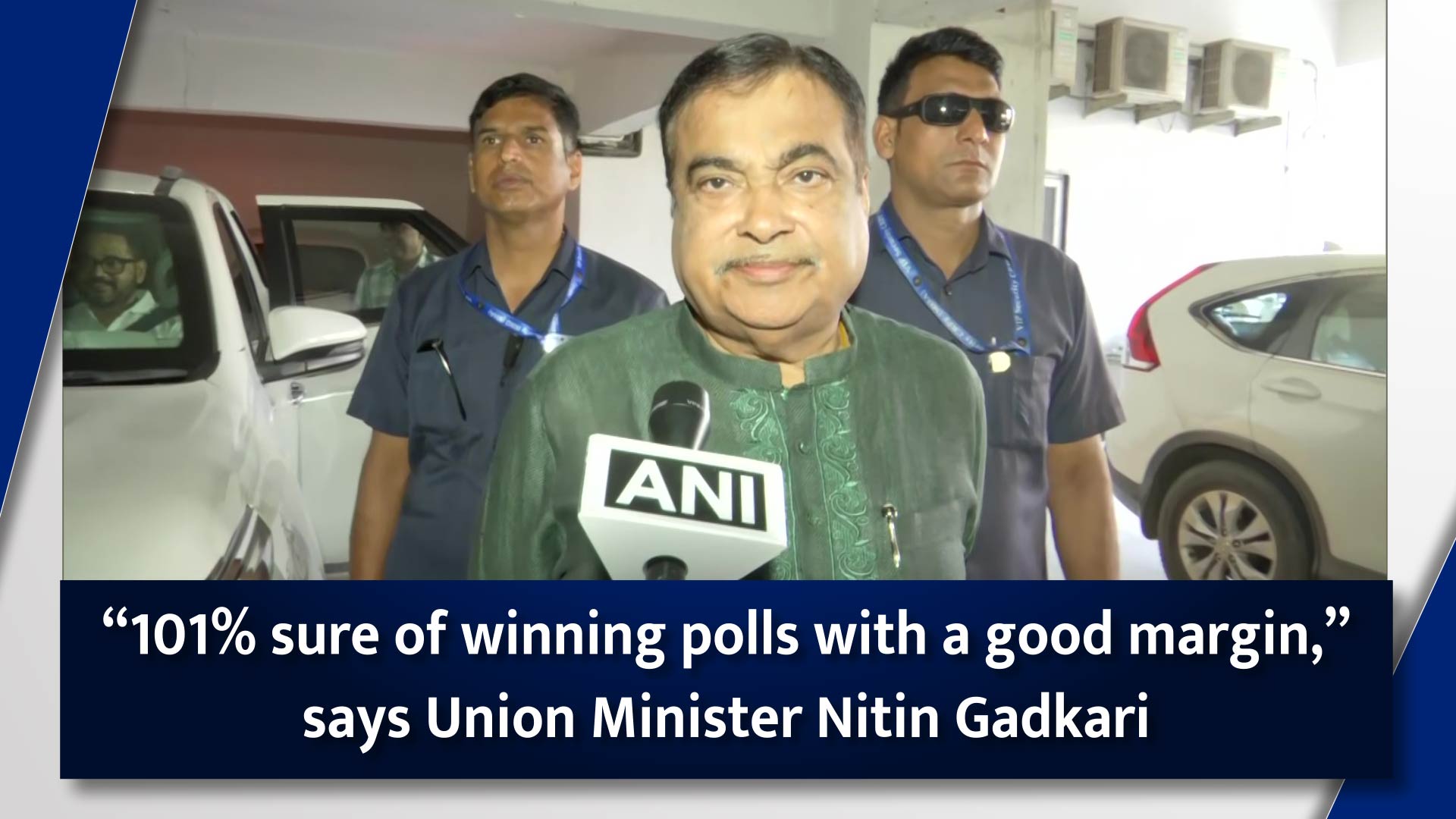





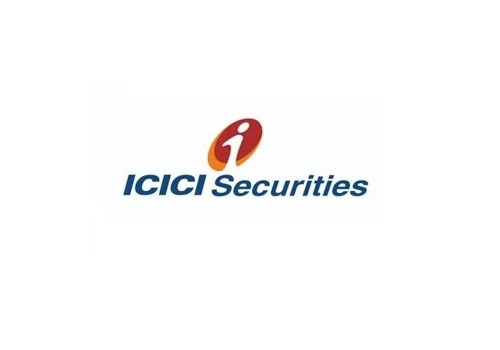
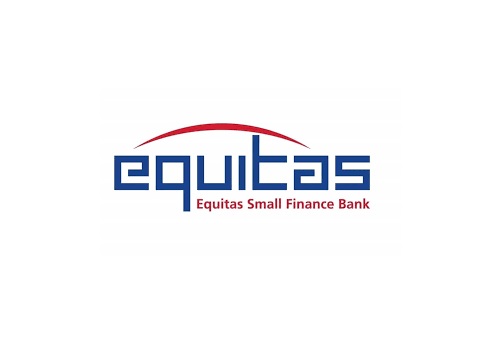
Tag News

Weekly Market Analysis : Markets strengthened recovery and gained nearly 2% in the passing w...
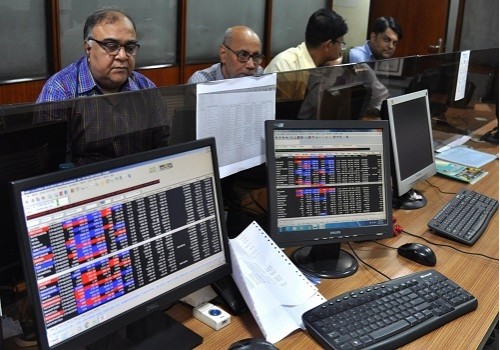
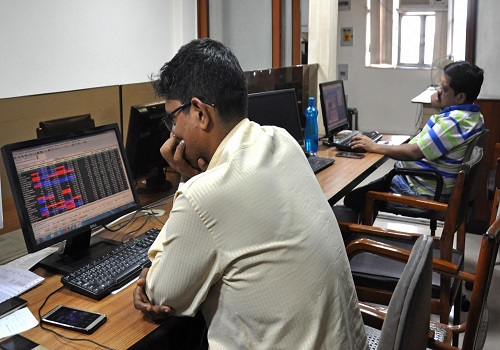
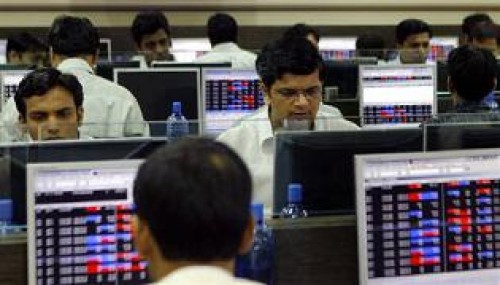
More News

The index consolidated in a range throughout the day - Religare Broking

